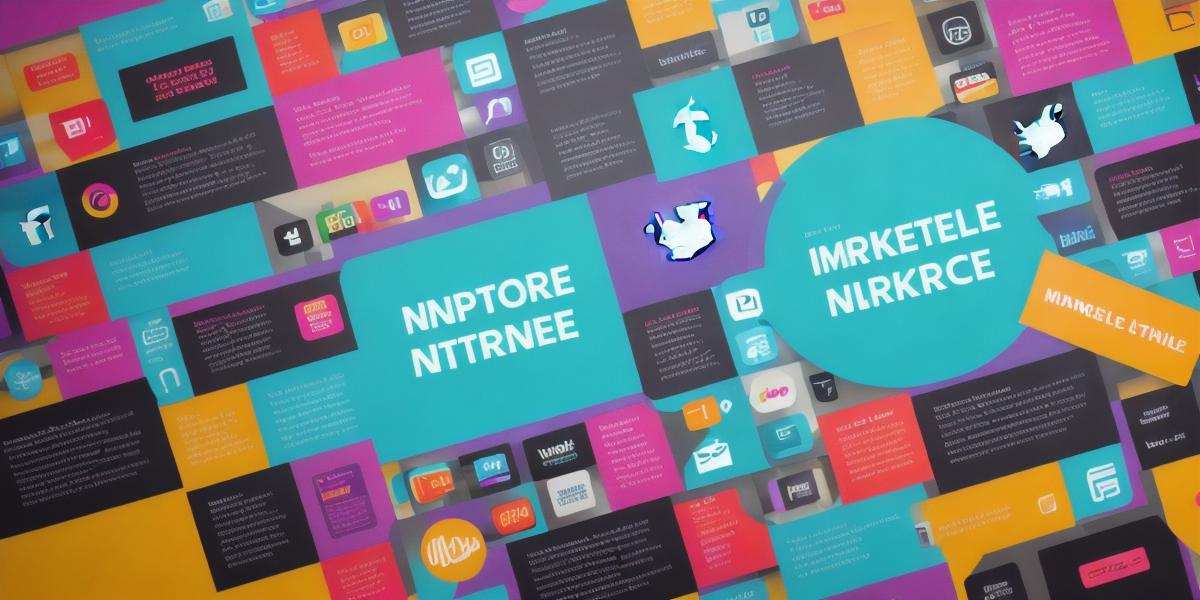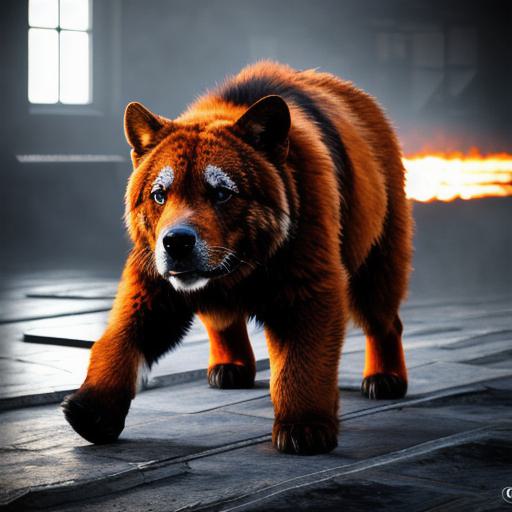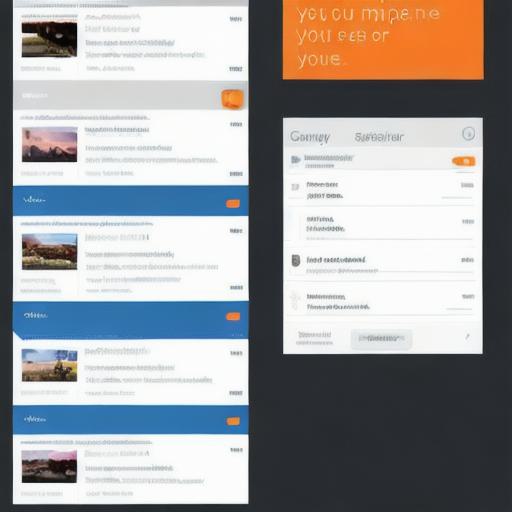Marketing is all about making a lasting impression on your target audience, and one of the best ways to do this is through effective graphic design. In today’s digital age, where online presence is crucial for any business looking to thrive, marketing graphic design has become more important than ever before. By creating visually stunning graphics that capture the attention of your audience and convey your brand message, you can enhance your online visibility and appeal, and ultimately drive more traffic and sales to your website or social media pages.
In this comprehensive guide, we’ll delve into the world of marketing graphic design and explore its various forms, benefits, and best practices. We’ll also discuss how to optimize your graphic designs for search engines (SEO) and share some tips and tricks for creating effective graphics that will resonate with your target audience.
1. Understanding the Basics of Marketing Graphic Design
Marketing graphic design is the process of creating visual elements, such as logos, illustrations, typography, and color schemes, to promote a product or service. These designs are often used in various marketing channels, including social media platforms, websites, advertisements, and print materials. The goal of marketing graphic design is to create visually compelling graphics that capture the attention of your target audience and convey your brand message in a clear, concise, and memorable way.
2. Benefits of Marketing Graphic Design
Marketing graphic design offers numerous benefits that can help enhance your online presence and appeal. Here are some of the most important:
a. Increased Brand Awareness: By creating visually stunning graphics that reflect your brand’s personality, values, and identity, you can increase your brand awareness and differentiate yourself from your competitors. When people see your brand’s logo or visual elements consistently across various marketing channels, they become more familiar with your brand and are more likely to remember it when they need a product or service that you offer.
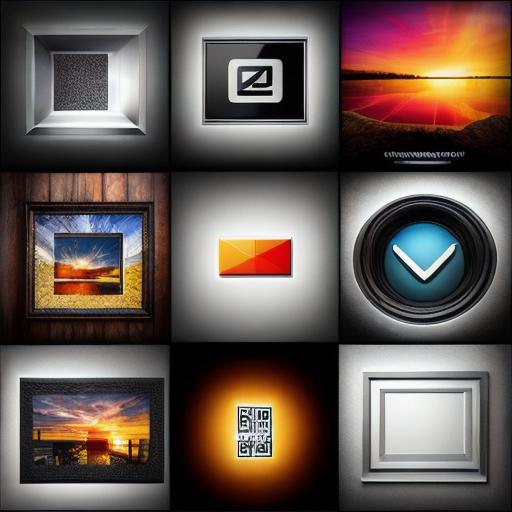
b. Improved Engagement: Effective marketing graphic design can help increase engagement with your target audience by capturing their attention, piquing their interest, and encouraging them to interact with your content. For example, infographics, videos, and interactive graphics are all effective ways to engage your audience and encourage them to spend more time on your website or social media pages.
c. Enhanced Messaging: Graphic design can help enhance the messaging of your marketing campaigns by providing a visual representation of your brand’s core values, mission, and message. By creating graphics that are consistent with your overall branding, you can ensure that your target audience understands the key takeaways from your marketing efforts and is more likely to engage with your content and make a purchase decision.
d. Increased Conversions: Marketing graphic design can help increase conversions by providing clear calls-to-action (CTAs) that encourage your audience to take action, such as clicking on a link or making a purchase. By using visually compelling graphics that are optimized for conversion, you can drive more traffic to your website or social media pages and generate more leads and sales.
3. Common Types of Marketing Graphic Design
There are many different types of marketing graphic design, each with its own unique strengths and uses. Here are some of the most common:
a. Logo Design: A logo is a visual representation of your brand’s identity and personality. It is typically used on all your marketing materials, including business cards, letterheads, social media profiles, and websites. A well-designed logo can help increase brand recognition and differentiate you from your competitors.
b. Illustrations: Illustrations are a type of graphic design that involves creating images or drawings to convey a message or tell a story. They can be used in various marketing channels, including print materials, social media, and websites. Illustrations can be especially effective for brands that want to create a more personal or relatable connection with their audience.
c. Typography: Typography is the art of arranging type to make written language legible, readable, and appealing when displayed. Good typography can help enhance the overall design of your marketing materials by creating a sense of hierarchy, balance, and contrast.
d. Color Scheme: The choice of colors in your marketing graphics can have a significant impact on your brand’s appeal and visibility. Colors can evoke emotions, convey a message, and attract attention. When choosing colors for your marketing materials, it’s important to consider the emotional impact of each color and how they will work together to create a cohesive and effective design.
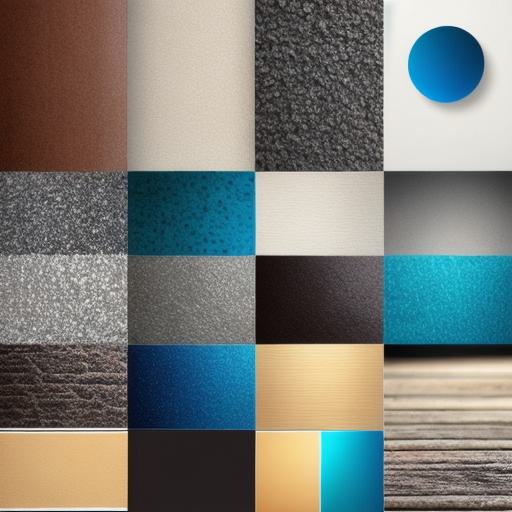
e. Infographics: Infographics are a type of graphic design that involves presenting complex information in an easily digestible and visually appealing way. They can be used in various marketing channels, including social media, websites, and print materials. Infographics are especially effective for brands that want to convey information quickly and concisely while also engaging their audience.
f. Videos: Videos are a powerful form of marketing graphic design that can help capture your audience’s attention and convey your brand message in a memorable way. They can be used on social media, websites, and other marketing channels to tell stories, showcase products or services, and provide valuable information to your target audience.
4. Best Practices for Marketing Graphic Design
To create effective marketing graphic designs that resonate with your target audience and enhance your online presence, it’s important to follow these best practices:
a. Know Your Audience: Before creating any marketing graphic design, it’s important to know who your target audience is and what they respond to. By understanding their preferences, interests, and pain points, you can create graphics that are more likely to capture their attention and convey your brand message effectively.
b. Keep It Simple: Effective marketing graphic design should be simple, clear, and easy to understand. Avoid cluttering your designs with too much information or unnecessary elements, as this can make them difficult to read and comprehend.
c. Use Consistent Branding: To create a cohesive and effective brand identity, it’s important to use consistent branding across all your marketing materials. This includes using the same logo, typography, colors, and imagery in all your designs, as well as maintaining a consistent tone of voice and messaging.
d. Make it Mobile-Friendly: With more people accessing the internet via mobile devices than ever before, it’s important to create marketing graphic designs that are optimized for mobile screens. This includes using responsive design techniques, choosing colors with high contrast, and ensuring that your graphics are easy to read on small screens.
e. Test and Optimize: To ensure that your marketing graphic designs are effective, it’s important to test them with your target audience and optimize them based on their feedback. This can involve A/B testing different design elements, analyzing engagement metrics, and making adjustments to improve performance.
5. How to Optimize Your Graphic Designs for Search Engines (SEO)
In addition to enhancing your online visibility and appeal, effective marketing graphic design can also help optimize your website and social media pages for search engines. Here are some tips for optimizing your designs for SEO:
a. Use Keywords: When creating your graphic designs, include relevant keywords in the file names, alt text, and captions to help them rank higher in search engine results pages (SERPs). For example, if you create a graphic about a new product launch, include the product name and relevant keywords in the file name and alt text.
b. Use Descriptive File Names: Choose descriptive file names for your graphics that accurately reflect their content. This can help search engines understand what your designs are about and improve their relevance to search queries.
c. Optimize Images: To improve the loading speed of your website, optimize your images by compressing them and reducing their file size. This can also help reduce bounce rates and improve user experience.
d. Use Alt Text: Add alt text to your images to provide a description of what they are about. This can help search engines understand the content of your graphics and improve their relevance to search queries.
e. Include Calls-to-Action (CTAs): Use clear CTAs in your designs to encourage your audience to take action, such as clicking on a link or making a purchase. This can also help search engines understand the purpose of your design and improve its relevance to search queries.
Conclusion:
Effective marketing graphic design is essential for enhancing your online visibility and appeal, engaging your target audience, and driving more traffic to your website or social media pages. By following best practices for marketing graphic design and optimizing your designs for search engines, you can create graphics that are both visually appealing and effective in driving conversions.
